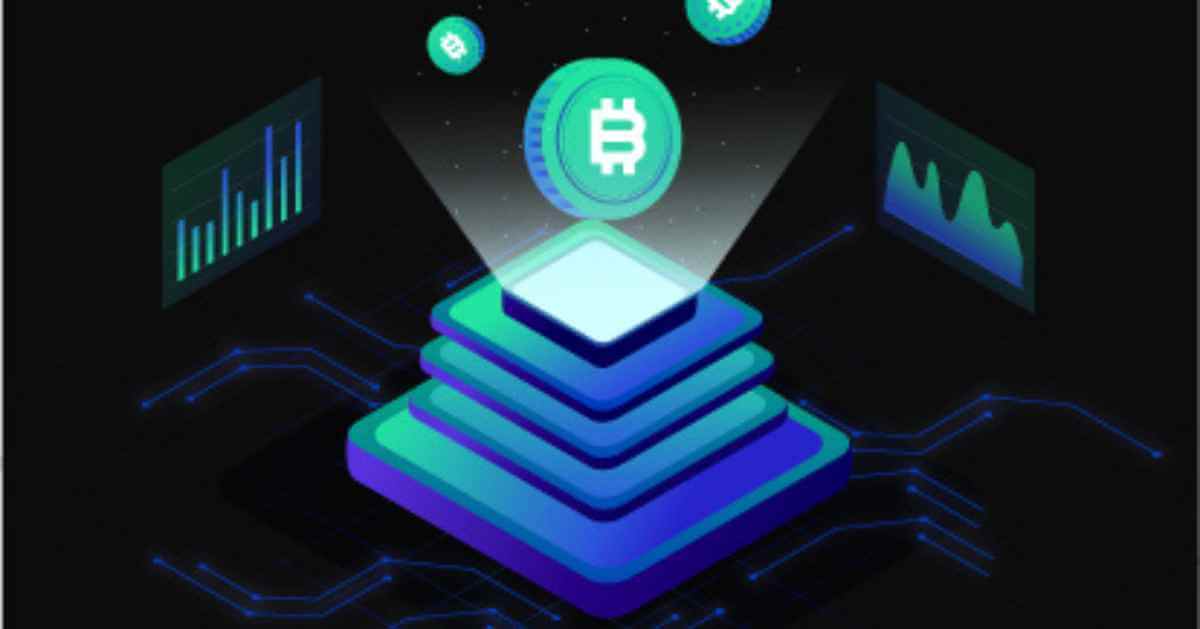Guide to how gas fee works for MetaMask RPC networks

Introduction
Gas fees are an essential part of blockchain transactions. They are the fees paid by users to the network for validating and processing transactions. The gas fees are paid in Ether (ETH), the native cryptocurrency of the Ethereum blockchain.
The amount of gas required to process a transaction is determined by the complexity of the transaction and the current network congestion. In this blog post, we will discuss how gas fees vary across different MetaMask RPC networks.
How gas prices vary across different MetaMask RPC networks
MetaMask is a popular browser extension wallet that allows users to interact with the Ethereum blockchain. RPC means and refers to Remote Procedure Call. It is used to interact with a blockchain node and to send commands to the node to retrieve information or to execute specific actions.
So when a user initiates a transaction using MetaMask, they need to specify the gas limit and gas price. The gas limit is the maximum amount of gas that the user is willing to pay for the transaction. The gas price is the amount of Ether that the user is willing to pay for each unit of gas.
The gas fees vary across different RPC networks because each network has its own gas price and gas limit. The gas price is determined by the supply and demand of the network. If the network is congested, the gas price will increase, and if the network is not congested, the gas price will decrease.
Now, the gas limit is determined by the network’s capacity to process transactions. So if the network has a higher capacity to process transactions, the gas limit will be higher, and if the network has a lower capacity to process transactions, the gas limit will be lower.
How to estimate and manage gas fees
To estimate and manage gas fees when using MetaMask on different RPC networks, you need to follow these steps:
1. Use gas tracking tools
Crypto gas price trackers such as Etherscan or Metaschool can give you an estimate of the current gas prices on different RPC networks. This can help you determine the appropriate gas price for your transaction.
Caption: Metaschool Gas Tracker tool with Ethereum Gas Tracker and Polygon Gas Tracker.
2. Compare gas prices across networks
Compare the gas prices and gas limits of different RPC networks to choose the one that suits your needs best.
For instance, if you’re making a small transaction, you might choose a network with a lower gas price and higher gas limit.
3. Adjust gas prices based on urgency
If you need a transaction to go through quickly, you may need to adjust the gas price to ensure that it is processed promptly. But if your transaction is less time-sensitive, you can use a lower gas price to save on fees.
4. Use gas estimation tools
There are several gas estimation tools available that can help you estimate the gas price and gas limit required for your transaction.
Examples of managing gas fees on different MetaMask RPC networks
Let’s take an example of managing gas fees on different MetaMask RPC networks. Suppose you want to transfer 1 ETH from your MetaMask wallet to another wallet on the Binance Smart Chain (BSC) network.
First you need to research the gas prices and gas limits of the Ethereum and BSC networks.
Since the Ethereum network has a higher gas price and lower gas limit than the BSC network, you should estimate that you need a gas limit of 21000 and a gas price of 70 Gwei for your transaction.
Then you should use a gas fee estimator tool and find that the estimated gas fee for your transaction is 0.00147 ETH.
Finally, adjust the gas limit and gas price to ensure that your transaction is processed in a timely manner without overpaying for gas fees.
Best practices for managing gas fees
Here are some tried and tested practice in order to manage gas fees on different MetaMask RPC networks:
1. Plan ahead
Research the gas prices and gas limits of different RPC networks before initiating any transactions. This can help you choose the network that offers the best balance of speed and cost.
2. Use gas optimization techniques
There are several gas optimization techniques that you can use to reduce your gas fees. For instance, you can batch transactions, use gas-efficient contracts, or optimize your smart contract code.
3. Monitor network congestion
Keep an eye on network congestion and adjust your gas prices accordingly. If the network is congested, you may need to increase your gas price to ensure that your transaction is processed promptly.
4. Check gas prices regularly
Gas prices can fluctuate rapidly, so it’s essential to check them regularly to ensure that you’re getting the best deal. You can use gas tracking tools or gas estimation tools to keep track of gas prices and adjust your prices accordingly.
5. Consider gas fees in your investment strategy
If you’re an investor, it’s essential to consider gas fees when making investment decisions. You may need to factor in gas fees when deciding whether to invest in a particular asset or trade on a particular exchange.
In conclusion, gas fees play a crucial role in blockchain transactions, and it’s essential to understand how they work in MetaMask and how they vary across different RPC networks.
By researching gas prices and gas limits, estimating gas fees, and using gas fee estimator tools, you can manage your gas fees effectively and avoid overpaying. Additionally, using gas optimization techniques and monitoring gas prices and limits can help you optimize your gas fees over time.
By following these best practices, you can ensure that your transactions are processed quickly and cost-effectively.
